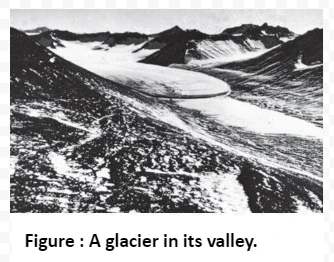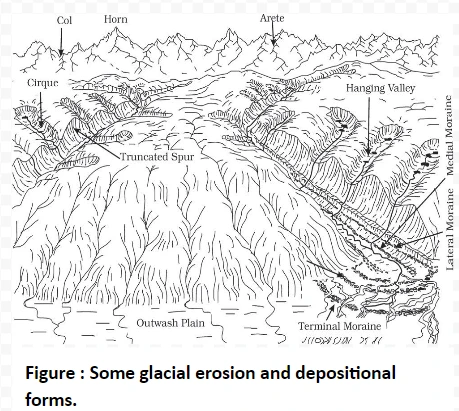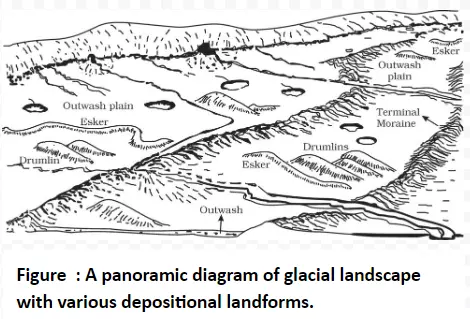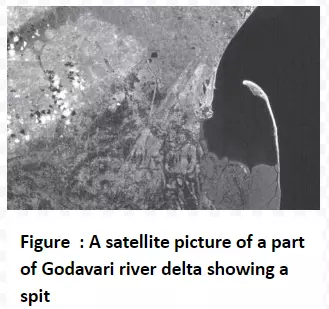![]() December 2, 2023
December 2, 2023
![]() 527
527
![]() 0
0
Landforms are the different shapes and features on the Earth’s surface, and they change over time because of things like water, wind and other natural forces, creating a constantly evolving landscape.
In this chapter, we will study different landforms and geographical agents which play a major role in Formation of these landforms.


The highest peak in the Alps, Matterhorn and the highest peak in the Himalayas, Everest are in fact horns formed through headward erosion of radiating cirques.
Glacial Valleys/Troughs:

The west coast of our country is a high rocky retreating coast, dominated by erosional forms, while the east coast of India is a low sedimentary coast, where depositional forms prevail.

The coastal off-shore bars offer the first buffer or defense against storm or tsunami by absorbing most of their destructive force. Then come the barriers, beaches, beach dunes and mangroves, if any, to absorb the destructive force of storm and tsunami waves. So, if anything is done which disturbs the ‘sediment budget’ and the mangroves along the coast, these coastal forms will erode away leaving human habitations to bear the first strike of storm and tsunami waves.
From glaciers Formation of Landform valleys to waves shaping coastlines, Earth’s landforms are a testament to constant change. Erosion and deposition weave a diverse tapestry of features, showcasing the planet’s ever-evolving nature.
<div class="new-fform">
</div>

Latest Comments